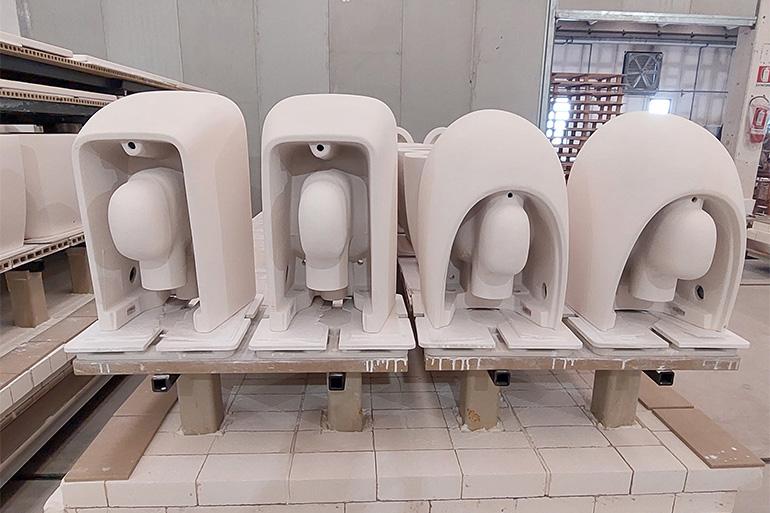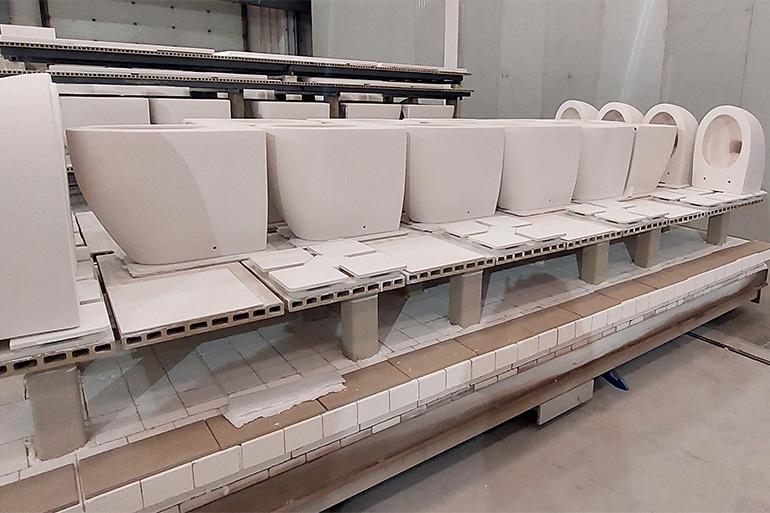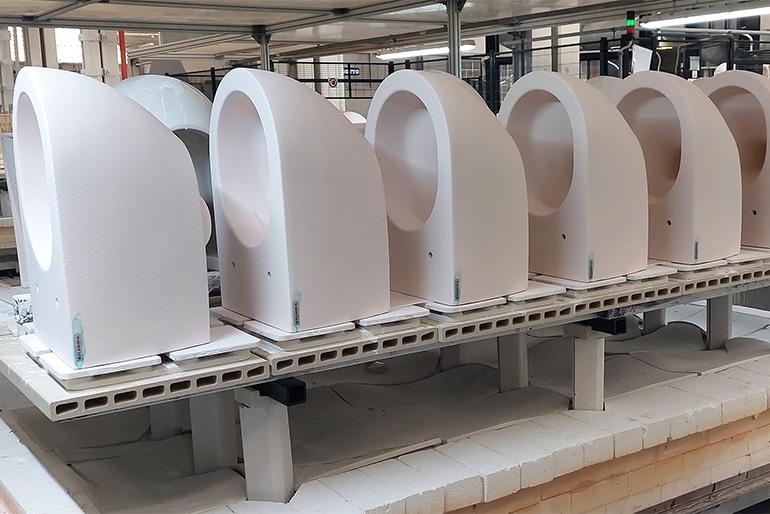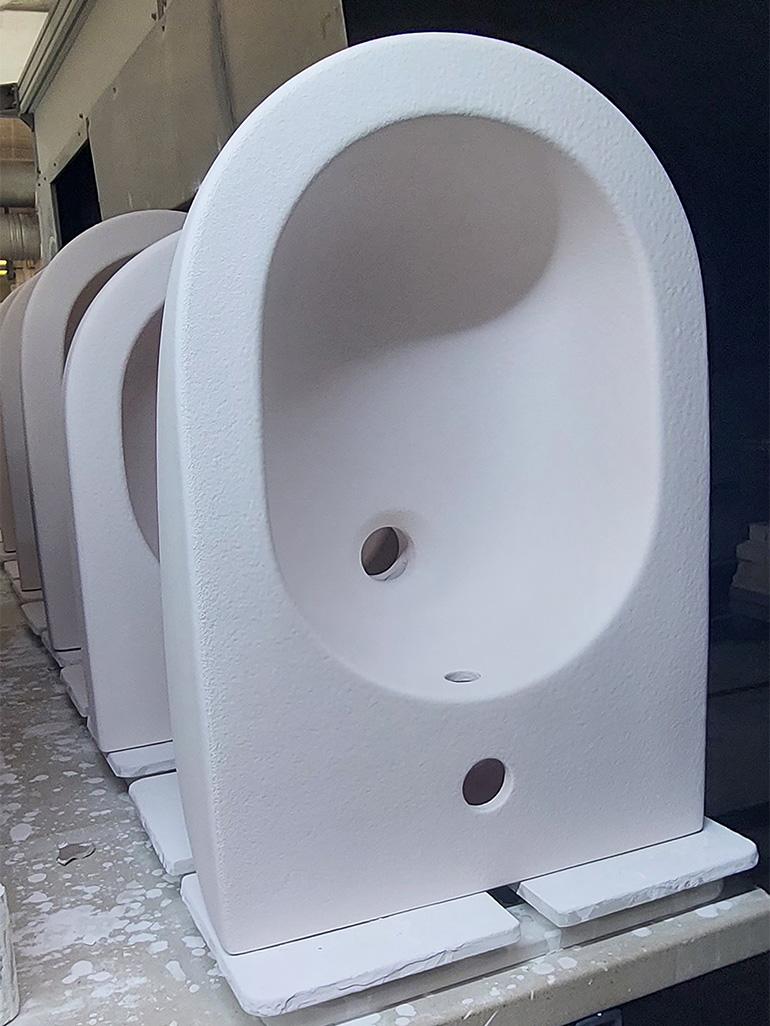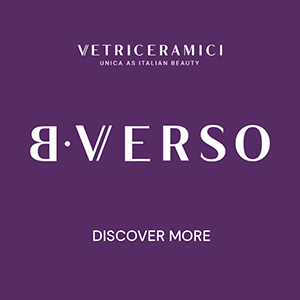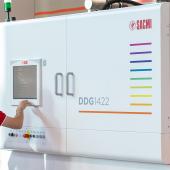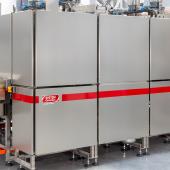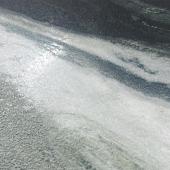Increasingly sustainable solutions for sanitaryware production
World-leading mineral specialties supplier Imerys has made a firm commitment to integrating sustainability into every aspect of its business. This includes supporting its customers’ own transition to a low-carbon economy through a growing portfolio of market-driven solutions which combine innovation with sustainability.
As governments and consumers become increasingly preoccupied with sustainability issues, the role of industry in developing sustainable solutions has never been more critical. World-leading mineral specialties supplier Imerys has made a firm commitment to integrating sustainability into every aspect of its business. This includes supporting its customers’ own transition to a low-carbon economy through a growing portfolio of market-driven solutions which combine innovation with sustainability. This commitment is exemplified by the recent innovations the company has developed for sanitaryware, which include solutions that mitigate waste and losses, reduce energy and water consumption, lower CO2 emissions and extend the lifespan of the end product.
One example is the company’s tried-and-tested ShrinkSan® kiln furniture system. This patented solution is a sustainable alternative to disposable ceramic plates used to control shrinkage during the firing of sanitaryware products such as toilet bowls. ShrinkSan® can be used more than 800 times, avoiding an estimated three tonnes of waste (equivalent to 1,000 toilets) being sent to landfill.
A full life-cycle analysis (LCA) of ShrinkSan® conducted in 2021 by PWC concludes that the total impact of using ShrinkSan® is four times lower than that of disposable plates and that the system reduces the overall CO2 footprint of toilet production by 6%.
Further Imerys kiln furniture developments aim to reduce energy consumption and emissions in sanitaryware production. The optimised design of Imerys’ new lightweight extruded cordierite batts allows manufacturers to lower overall firing batch weight without compromising performance. This new solution supports the same number of pieces but weighs 17% less than a standard batt system. Imerys’ lightweight designs absorb less energy during firing, resulting in energy savings and a reduction in CO2 emissions.
Some of Imerys’ mineral-based specialties also offer sustainable benefits in sanitaryware production.
Maxicast® fluid kaolin, for example, optimises the performance of high-density slurries used in high-pressure casting whilst reducing reject rates and using less process water. Used in combination with Imerys’ fluid clays, Maxicast® enables manufacturers to produce high-density casts with high wet and dry strength, whilst improving production yield and generating fewer losses during casting and handling.
Used as a replacement for calcium carbonate and silica in sanitaryware glazes, Nyad® M200 and M325 wollastonite grades confer an enhanced surface finish, whilst enabling producers to reduce vitrification temperatures and CO2 emissions.
To guarantee that solutions like these meet sustainability criteria in an objective manner, Imerys has rolled out a science-based life-cycle analysis method aligned with international standards which measures the cradle-to-grave impact and benefits of its portfolio.
These SustainAgility™ Solutions Assessments allow customers to make informed choices based on reliable data when selecting the raw materials they source, and to reduce their own carbon footprint linked to Scope 3 emissions accordingly. To date 55% of the company’s portfolio in terms of value, including 100% of Imerys’ UK kaolin and ball clay-based solutions for sanitaryware, have been the subject of an external LCA assessment. The results of the latter are available on request.
Imerys’ technical support teams across Europe, the Middle East, North Africa and Asia are also available to help customers reformulate their recipes and adapt their processes to reduce energy and water consumption and generate less waste.
As a responsible mining company, Imerys uses a systematic approach to ensure that sustainable thinking permeates all aspects of its business, from the way it rehabilitates the land to its manufacturing processes and how it manages its supplier chain. Under the aegis of its internal SustainAgility™ programme, Imerys has mapped out a clear roadmap to reduce Scope 1 and 2 greenhouse gas (GHG) emissions by 42% (tCO2/M€) by 2030. At the same time, it will continue to accompany its customers on their own decarbonisation journey by investing in innovative technologies and partnerships that contribute to tackling the most pressing issues the ceramics industry is facing.
ShrinkSan®: what users are saying
Stefano Angelelli
Owner and Production Manager, FA Ceramica (Civita Castellana, Italy).
“ShrinkSan® is practical, easy to use and offers several advantages. Our operators can save time since they no longer need to remove the plates and dispose of them after firing. The waste from the old plates generated a lot of alumina dust when they were thrown away, forcing operators to wear masks; this isn’t a problem with the new system. We also no longer have to worry about ordering the plates in advance, which simplifies procurements. Plus, Imerys’ sales manager was on hand to monitor our progress every step of the way, helping us match the size of the plates to the body shrinkage and supporting us whenever we had any questions.”
Marco Pasquetti
Plant and Production Manager, Ceramica Flaminia (Civita Castellana, Italy).
“The main advantage of ShrinkSan is definitely environmental. It is a circular solution with a much lower impact than the sacrificial sub-plates which have limited use and take up new raw materials to produce. Our operators are also happy that they no longer have to remove the plates continuously as this allows them to save time. As with all new systems, they were nervous about handling these premium plates to begin with, but they feel more comfortable now. It’s still early days since we’ve only just started testing ShrinkSan, but I don’t doubt this is a good system.”
Did you find this article useful?
Join the CWW community to receive the most important news from the global ceramic industry every two weeks



